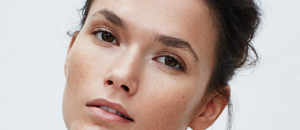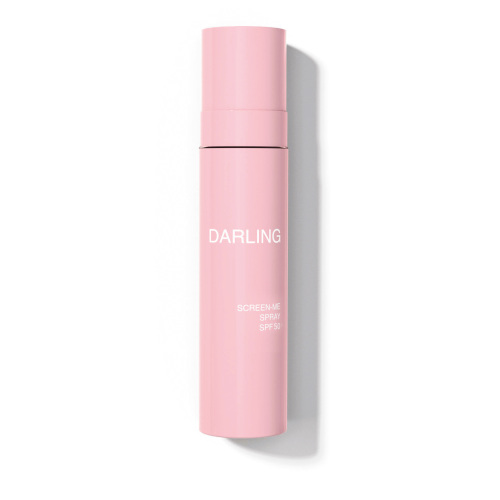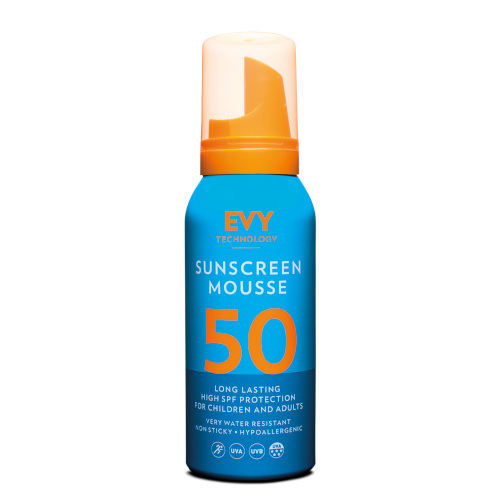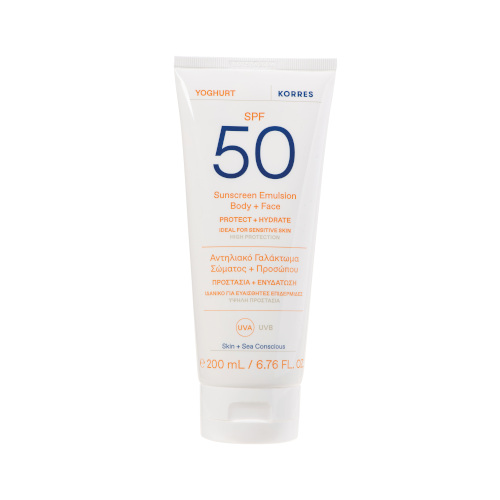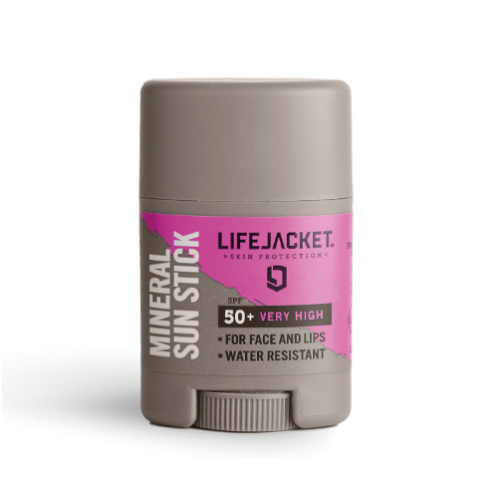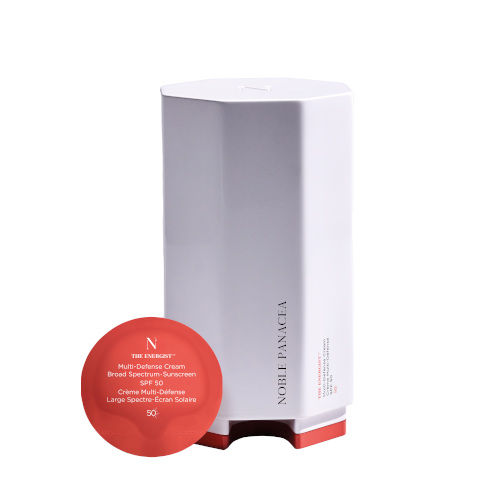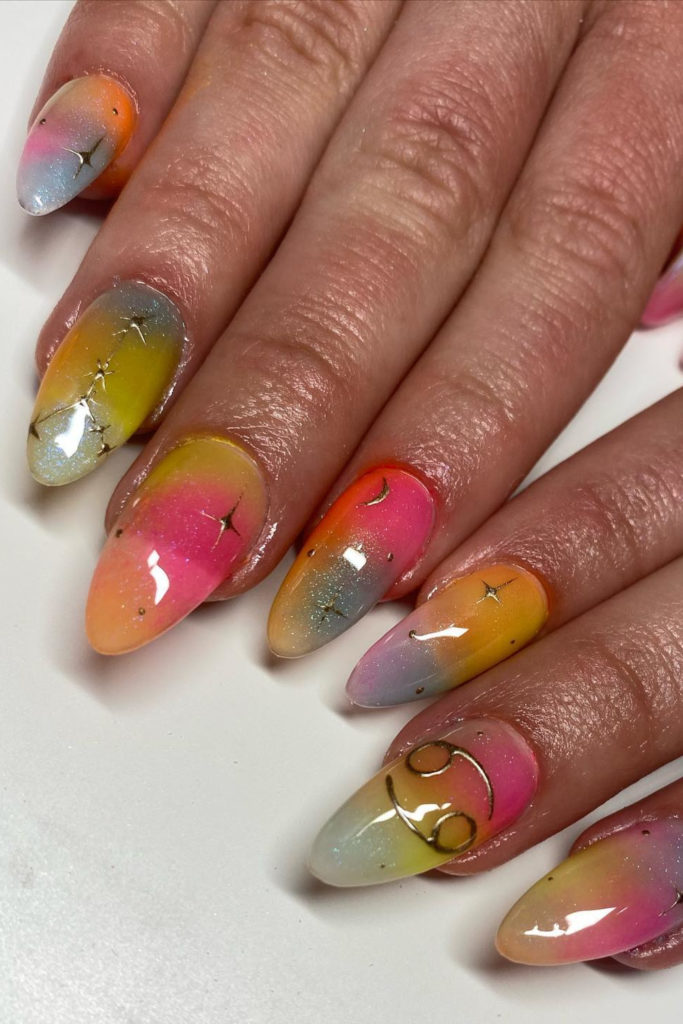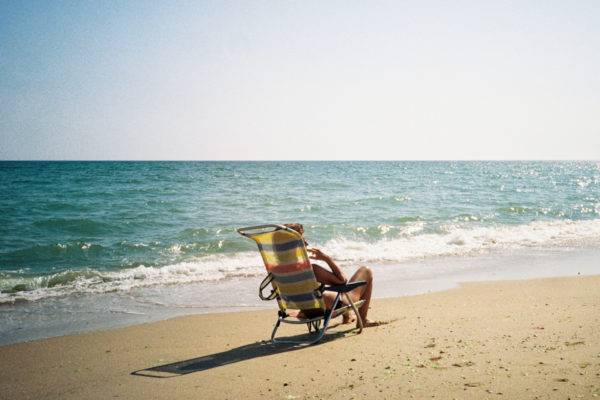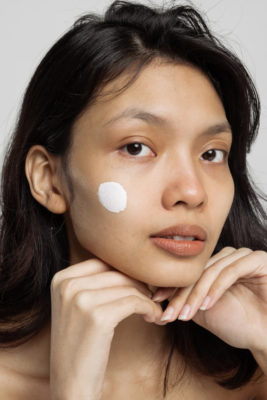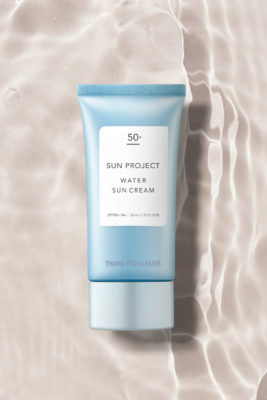
Sun Safe: How To Protect Your Skin & The Environment With SPF
By
11 months ago
Is your sunscreen reef-safe?
John Bell & Croyden’s Alexander Johnston explores how we can protect our skin as well as the environment with SPF.
Is Your SPF Protecting The Planet?
Sunscreen. It’s a skincare essential, a beach bag staple and a dermatologist’s golden rule. Sun protection factor, or SPF, is a vital part of any skincare routine, as UVA and UVB rays emitted from the sun are not only harmful to the skin, but can cause premature ageing, hyperpigmentation (sunspots) and even cancer.
The higher the factor of the SPF, the more protection it gives you from these rays, reducing the chances of sun damage significantly. It should be a part of your everyday skincare routine, regardless of the season. Even on a cloudy day skin is at risk from sun damage.
However, there is a wrinkle in our sun-safe routine, and that is the environmental impact of some sunscreens on marine life. Chemical sunscreens, the most common type, contain ingredients that absorb UV radiation. While they shield our skin, these chemicals can wash off into waterways, harming delicate ecosystems like coral reefs. These are some of the most diverse and valuable environments on the planet, with thousands of aquatic species found living on a single reef. They also offer protection for coastal areas by reducing the power of incoming waves – not to mention the income they provide for millions of people through tourism.
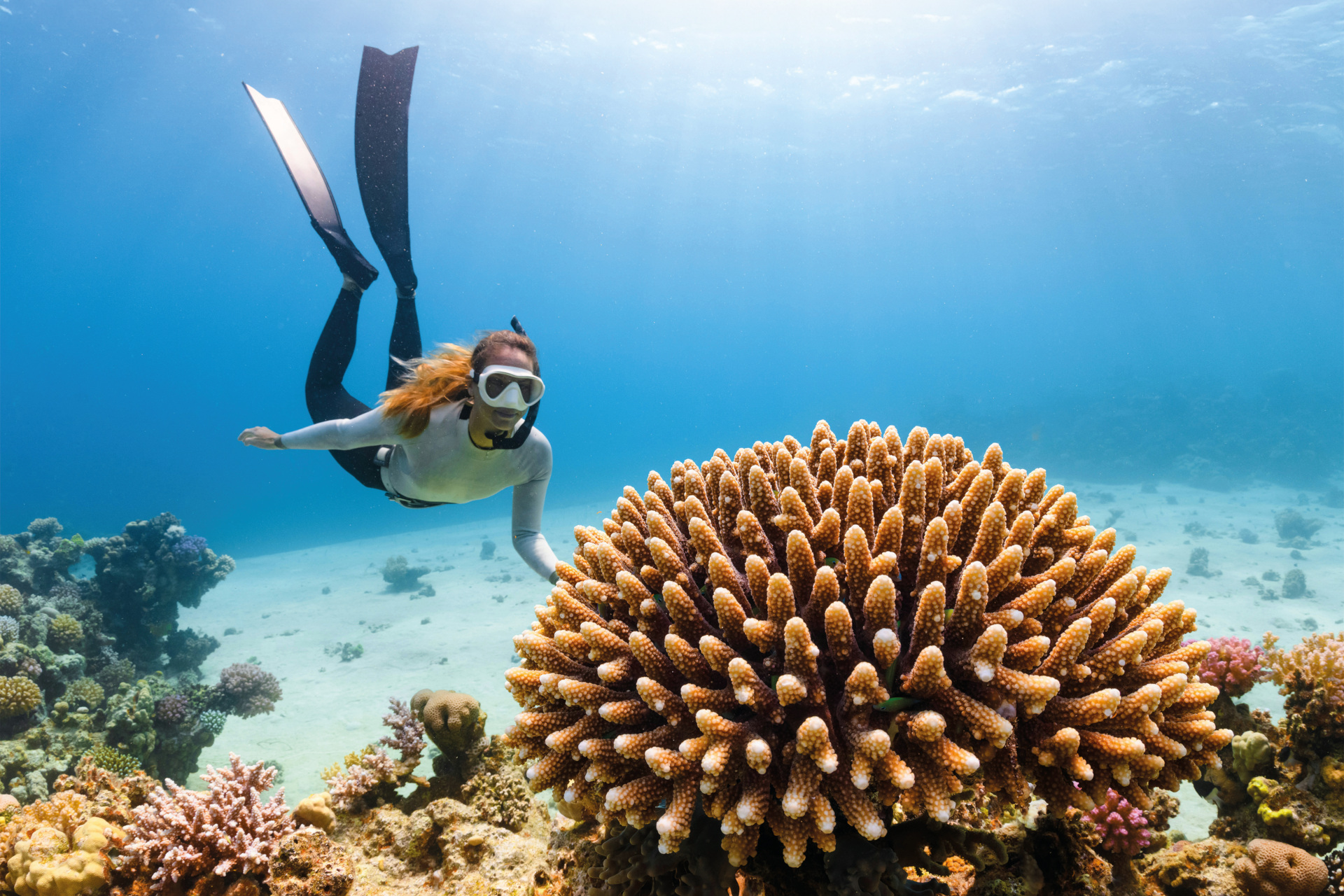
(c) Neom, Unsplash
Studies have linked numerous inorganic UV filters, such as oxybenzone, a common sunscreen ingredient, to coral bleaching, a devastating phenomenon that threatens these vital marine environments. The term ‘bleaching’ comes from the coral’s response to negative environmental factors that cause the coral to expel their zooxanthellae, the tiny cells that live within the coral polyps and give them their colour and are their major source of food. Without these cells, the coral quickly become susceptible to disease and often die.
So how do we stay safe in the sun without harming the natural world? Firstly, look for ‘reef-safe’ sunscreen – there are plenty out there – or look for a physical or mineral sunscreen that has minimal impact on the environment.
A ‘reef-safe’ sunscreen will be free from chemical UVA and UVB blocking filters like oxybenzone and octinoxate. Physical equivalents such as zinc oxide and titanium dioxide, are also a safe choice, although they can leave a white cast on the skin.
Sunwear is another good option – this is clothing that has an ultraviolet protection factor (UPF), which, much like SPF, will protect your skin from UVA and UVB damage. There is quite a range of these sun-safe apparel options out there, but always look for the UPF50+ rating, as this offers the maximum protection. It is interesting to note that a standard white T-shirt only offers the same protection as an SPF 5 sunscreen.
By making informed choices when it comes to the brand of SPF you choose, and adopting sun-smart habits, we can still enjoy the sunshine and protect our environment for the generations to come.
Suncare Picks
Featured image: Getty Images


